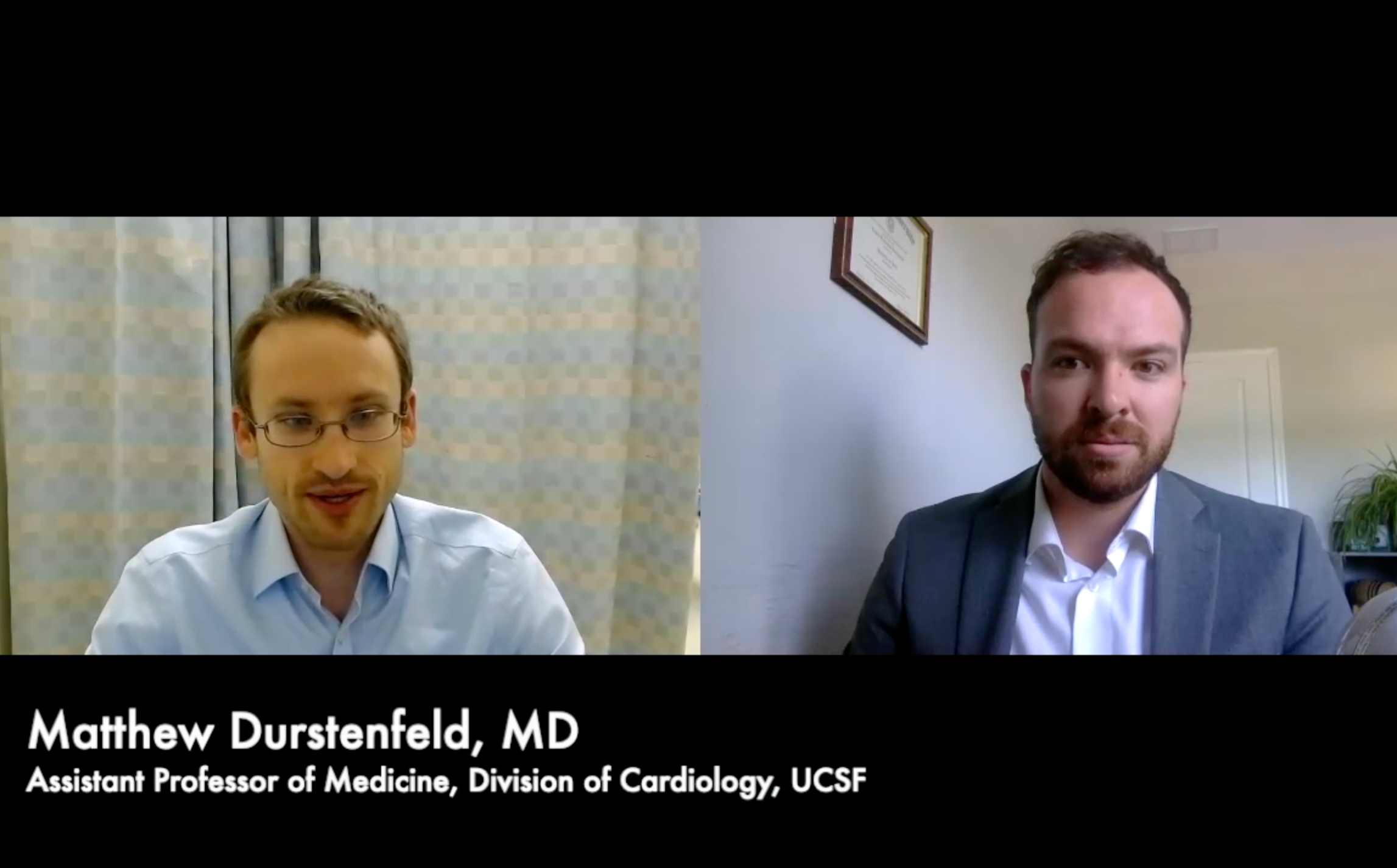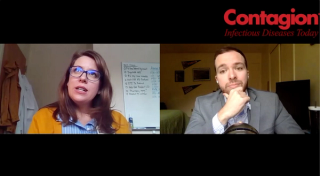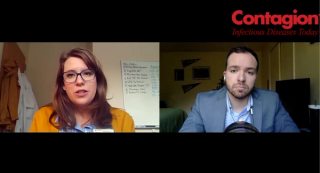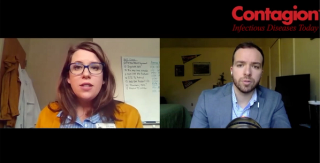
HIV / AIDS
Latest News
Latest Videos

More News

Virtual support services were crucial for providing continued care and education.

In a pilot project, customers were surveyed about HIV risk behaviors to gain further insights and assessed for potential PrEP utilization.

New 24-week findings from Merck highlight the potential of a 1-month PrEP option for low-risk patients.

Many respondents reported having a lack of information about the use of PrEP.

PLWH should strictly maintain ART therapy and COVID-19 mitigation efforts.

Crowdsourcing and other approaches may develop more effective interventions to promote PS.

More tailored strategies could improve PrEP provision in family planning clinics.

A meta-analysis study found that 70% of PrEP users either stopped or had inadequate adherence within 6 months of initiation.

Small survey from gay and bisexual men (GBM) inquired about their experiences during COVID-19 restrictions, and feedback on PrEP.

No significant difference was observed across the 3 study groups.

A positive relationship may exist between infection severity and adaptive immunity.

In Brazil, a concerted effort of recruiting adolescents was made to go out and talk with them about PrEP.

Rates of testing for HIV, as well as PrEP uptake, remain suboptimal in MSM of color.
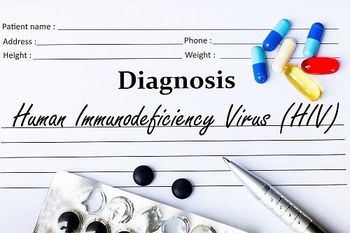
US residents with HIV have higher rates of mortality than their peers without infection, but the gap is narrowing, a recent study showed.

Investigators surveyed men who have sex with men (MSM) about long-acting injectable pre-exposure prophylaxis (PrEP) including attitudes towards potentially taking it and barriers to usage.
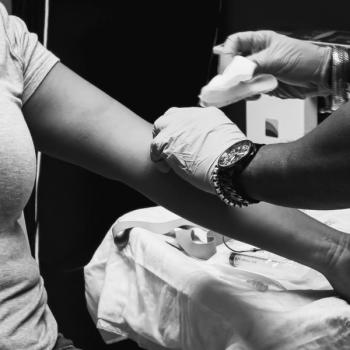
The pandemic's effect on in-person care prioritization may have indirectly influenced the rate of screening opportunities in at-risk persons.
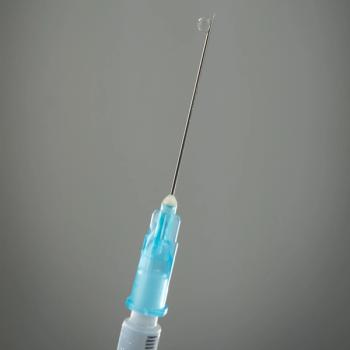
New findings from CUSTOMIZE suggest the once-monthly injection therapy was feasibly implemented and generally favored to once-daily tablets.
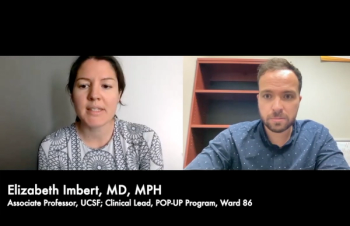
Perspective gained from persons treated a real-world clinic may help better inform strategies to treat an HIV population that often struggles with viral suppression and consistent care.

A new study from IAS 2021 suggests persons with HIV hospitalized for COVID-19 do not face worse mortality nor major cardiovascular event risk.

Results from the study highlight the importance of PrEP education in clinical settings.

As younger generations come of age, there is a continuous need to inform them about HIV risks, offer insights about prevention strategies, and understand the challenges for people living with HIV (PLWH).

The COVID-19 pandemic had a substantial effect on women in Kenya who are reliant on transactional sex for income, leading to high levels of food insecurity and psychological burden.
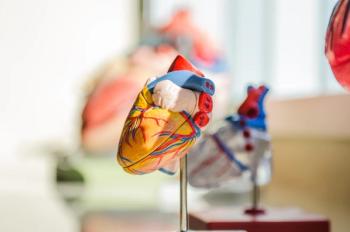
Even if HIV-positive individuals have a low-to-moderate risk for cardiovascular disease, they still experience more coronary plaque.
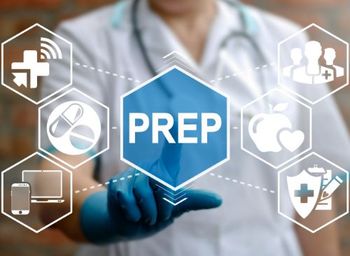
A new Australian study shows the infection rate was 1.61 cases per 1000 people per year over a 3 year study period in participants with access to the therapy.

The therapy would be the first capsid inhibitor and the only HIV treatment option administered every 6 months.

